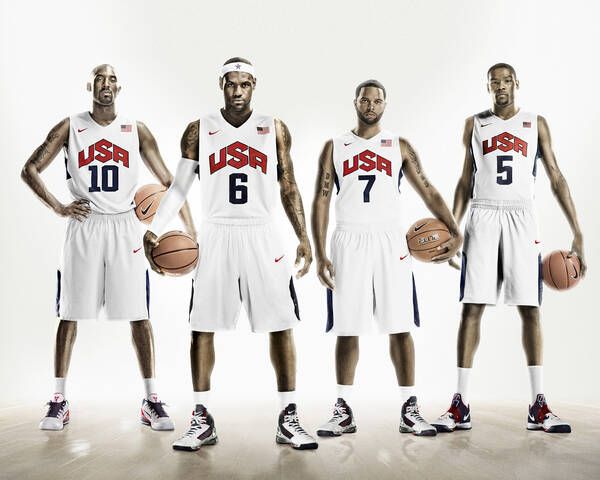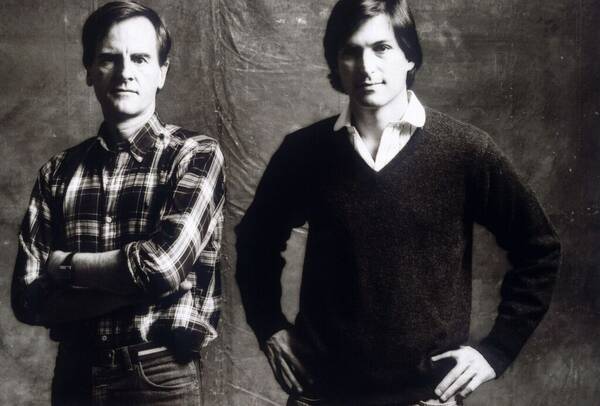
profile / alumni / faculty / product-design
April 29, 2016
Writer: Mike Winder
Photographer: Stella Kalinina
NASA's Jessie Kawata: Sending Design Across the Universe
Scientists at NASA’s Jet Propulsion Laboratory (JPL) in Pasadena recently unveiled their findings that liquid methane rains down on the surface of Titan, filling the seas and lakes of Saturn’s frigid moon.
"It's a marvelous feat of exploration that we're doing extraterrestrial oceanography on an alien moon," said Steve Wall, deputy lead of the Cassini radar team at JPL. "Titan just won't stop surprising us."
This otherworldly picture could not have been painted were it not for nine years worth of data being sent back to Earth from NASA JPL’s Cassini spacecraft, which launched back in 1997.
The discovery also underscores the storytelling challenge when it comes to justifying the cost of space exploration—how do you get people enthusiastic about an unknown that won’t be revealed for another 20 years?
It’s a familiar concept to alumna Jessie Kawata (BFA 11), who studied product design at ArtCenter and today works at NASA’s Jet Propulsion Laboratory (JPL), situated just three miles north of the College’s Hillside Campus in Pasadena.
At JPL, Kawata spends her day embedding design thinking into the institution’s missions to make its work relatable to the general public.
“We need to constantly ask ourselves, ‘Why should Congress, the taxpayers, and the nearly 7.4 billion people living on Earth care?’,” says Kawata in the tree-filled courtyard of JPL’s Pasadena campus, explaining how NASA’s robotic exploration of our solar system, while lacking the built-in drama of sending people into space, is just as important to our understanding of our planet’s past, present and future.
For Kawata, one of JPL’s lead creative design strategists (“designer” means “engineer” at NASA, hence the title) and first creative professional to become part of JPL’s Mission Formulation team, one answer to this dilemma is establishing a narrative arc with planned “Why are we doing this?” milestones from the very beginning of the process, versus planning a mission around seemingly purely technical or scientific objectives and then tackling the “why” of it all as an afterthought.
As part of Mission Formulation’s A-Team, Kawata joins systems engineers and scientists in a room dubbed “Left Field,” where they design early mission ideas. Kawata says she was initially nervous about brainstorming with rocket scientists, but quickly discovered that ArtCenter’s methodologies had prepared her for the challenge.
“In product design, you design for a need and for a user,” she says, recalling that most elemental design principle repeatedly emphasized in classes like Creative Strategies taught by alum Fridolin Beisert (BS 98, MS 08) and in the College’s Designstorms for clients like Disney, Nestlé and the United States Geological Survey. “With JPL’s missions to space, the ultimate user is humanity itself.”








